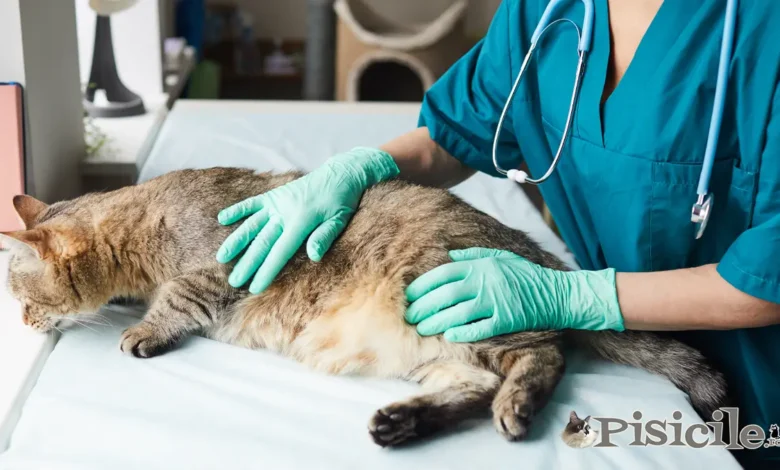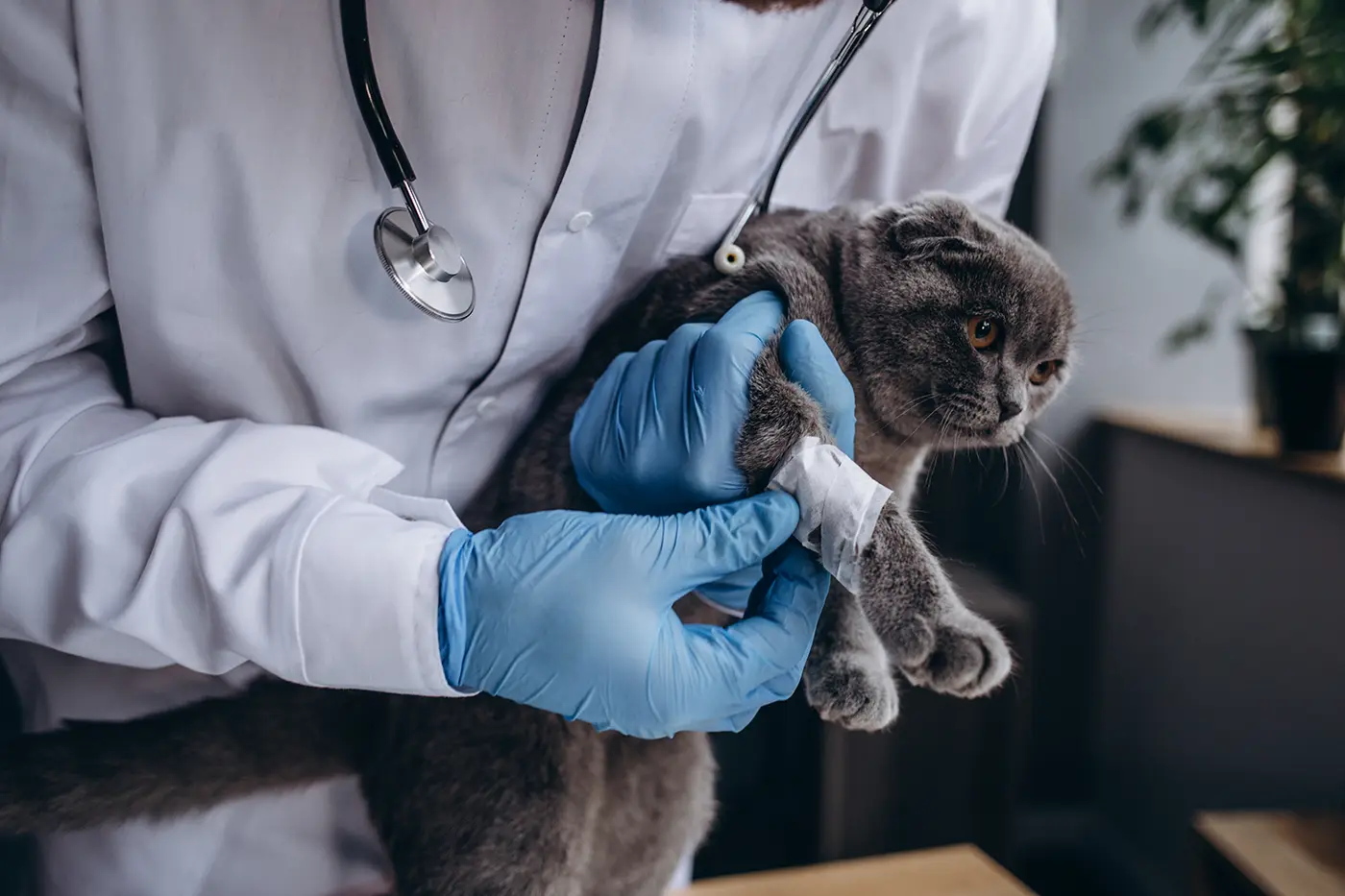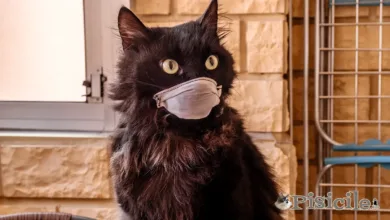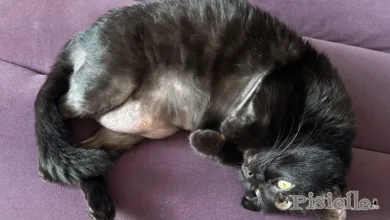
FeLV (feline leukemia virus) is one of the most dangerous diseases for cats. Feline leukemia virus is a condition that weakens the cat's immune system and can lead to cancer and other very dangerous diseases. FeLV is an infectious disease caused by a virus (retrovirus), which is part of the same family as the human HIV virus and the virus that causes FeV in cats.
Although it is a highly contagious disease, there is no need to worry if you have a dog or other non-feline pet with your FeLV-infected pika. As the name suggests, feline leukemia virus is only present in cats or other felines. It cannot be transmitted to dogs, parrots, other animals or humans.
Subject
How is FeLV (feline leukemia virus) transmitted?
FeLV (feline leukemia virus) can enter the cat's body in various ways, making the disease highly contagious. Once inside the cat's body, FeLV can reproduce in different cells, having a preference for lymphocytes – the guardians of the cat's immune system. These cells are found throughout the body and are often eliminated through secretions such as saliva, feces, or urine.
FeLV has low resistance in the external environment, so you don't have to worry if the cat walks past feces that were there from the previous day. However, close contact between cats is necessary, especially during periods of heat, when they may bite, scratch and fight to mate.
Being present in the cat's saliva, the FeLV virus can be transmitted if two cats drink water or eat from the same bowl. In addition, if a cat is infected, there is a risk that the disease will be transmitted to her kittens in the first days of life.
The symptoms
The symptoms associated with feline leukemia vary greatly from one cat to another, making it very difficult to accurately predict the course of the disease. There are cats that can clear the virus on their own, while others can be infected without showing any obvious symptoms. Some cats may show generic symptoms such as fever, decreased appetite and lack of movement.
In more severe cases, lymphomas can occur, which are actually tumors that can appear in various parts of the body and may require surgical treatment or chemotherapy.
The excessive growth of lymphocytes in the cat's body, known as leukemia, indicates a deficiency in the functioning of the immune system, which means that any other virus or bacteria entering the cat's body could easily cause other secondary diseases.
It should also be said that cats are also immune to FeLV. Although they have contacted the virus, they cannot spread it during the first 2-4 weeks after infection. After a few weeks, they can infect other cats with feline leukemia virus.
Feline Leukemia Virus Tests and Analysis
Diagnosis of feline leukemia virus is based on laboratory tests. These include rapid tests such as the SNAP TEST, which, by analyzing a small blood sample, can identify infected cats during viremia. However, PCR or marrow analysis is considered the most relevant diagnostic method, providing a precise identification of the FeLV virus.
When you take your cat to the vet, he may use additional tests to diagnose feline leukemia. For example, the ELISA test can identify FeLV proteins in the blood. This test is highly sensitive, allowing the detection of infections at very early stages. It is good to note that some cats may clear the infection within a few months and subsequently give negative ELISA results.

Another relevant test is the IFA test, which detects the progressive stages of the infection. Cats that test positive for IFA have a low chance of shedding the virus and usually have a poor long-term prognosis. The IFA test is performed in the laboratory, rather than in the veterinary clinic, and provides important information for the management and treatment of feline leukemia.
Feline Leukemia Virus (FeLV) Treatment
Unfortunately, no treatment for FeLV infection has been discovered to date. Therapies are available that focus on giving vitamins and products that stimulate the immune system to improve the quality of life of the sick cat, but the cat will not fully recover. Care must be taken to avoid or control the effects of feline leukemia virus (anaemia, cancer).
Currently, prevention is the only effective method you can implement to prevent your cat from contacting this virus. If you already have a FeLV positive cat, it is recommended to avoid bringing another cat into the home to prevent transmission of the virus. The same if you want to bring in a new cat from the street. Before you bring her home, it is highly recommended that she be dewormed and tested for FeLV so that she does not infect the cat or cats you already have.
Also read: The benefits and how important it is to vaccinate cats
Vaccination is a good preventative measure for kittens. Even if it does not provide complete protection, the vaccine can reduce the risk of infection. It is recommended to give it the first time when the kitten is small and to renew it annually. Although it cannot absolutely guarantee that the cat will not contract FeLV during its lifetime, it is an important step for protection.



